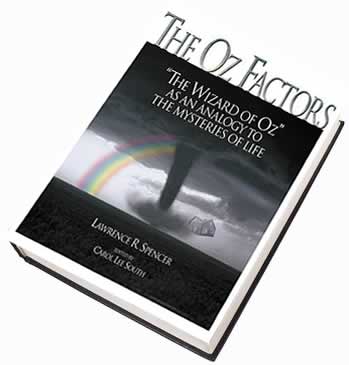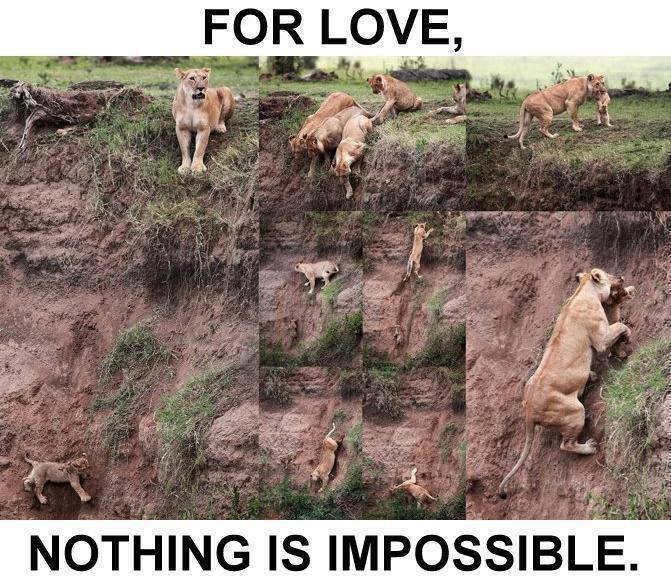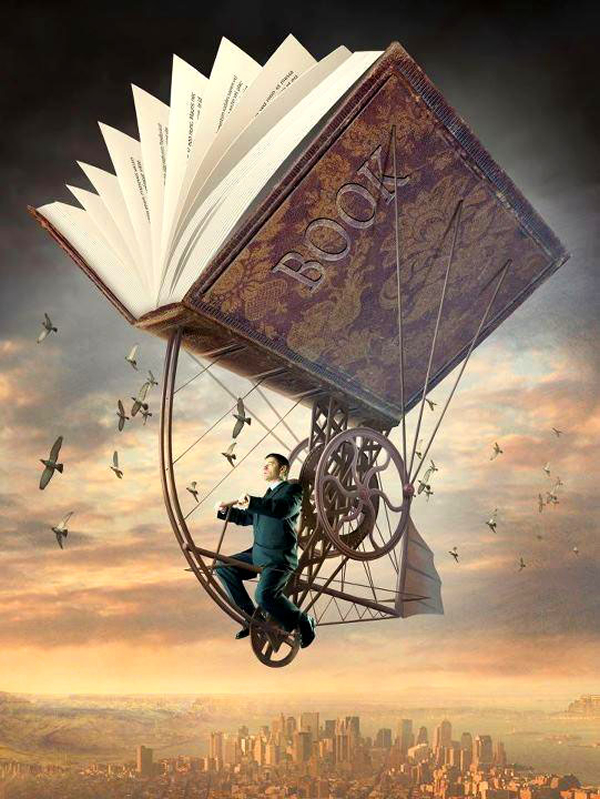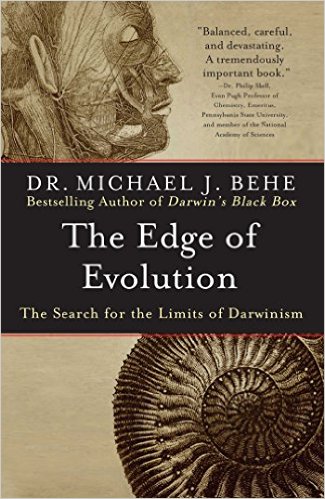Republished by Blog Post Promoter
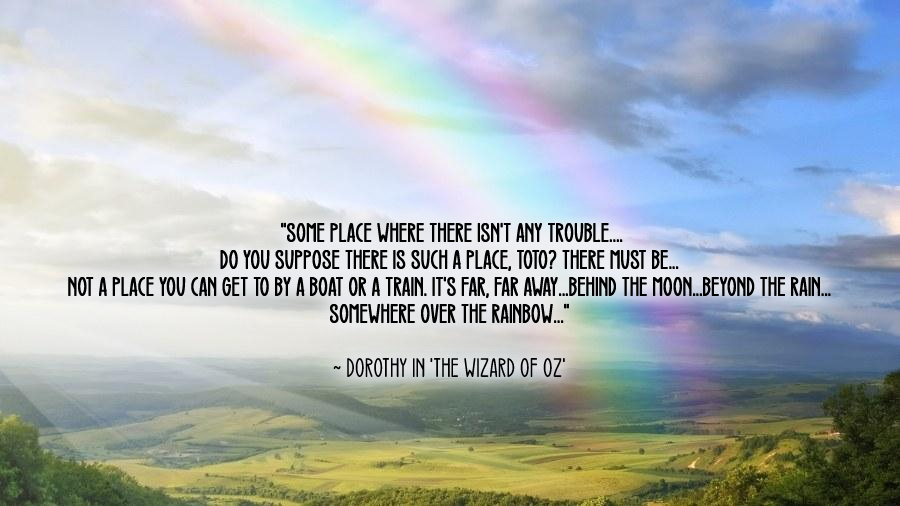 “Now, Dorothy, dear, stop imagining things. You always get yourself into a fret over nothing. Now, you just help us out today and find yourself a place where you won’t get into any trouble.”–Aunt Em
“Now, Dorothy, dear, stop imagining things. You always get yourself into a fret over nothing. Now, you just help us out today and find yourself a place where you won’t get into any trouble.”–Aunt Em
“Some place where there isn’t any trouble. Do you suppose there is such a place, Toto? There must be. Not a place you can get to by a boat or a train. It’s far, far away–behind the moon–beyond the rain, somewhere over the rainbow…”–Dorothy in ‘The Wizard of Oz’
Most children enjoy playing games. Since Dorothy is trying to be helpful by staying out of the way of grownups, she makes a new game for herself called “finding a place where there isn’t any trouble”. However, every game contains problems. In fact, solving problems is a game. A problem is a barrier to reaching a goal. Every game has players. Each player has a purpose for playing a game. Every game has a goal and barriers to reaching the goal. The goal of the game is not necessarily known to the players.
Games may or may not have rules that are known to the players. Every game has a beginning, middle and end. Too many barriers make an unplayable game. A game without a goal or worthwhile purpose makes a game not worth playing.
Solving a problem or winning a game are similar actions. However, a Dorothy soon discovers, creating a new problem in order to solve an existing problem does not usually lead to the winning of a game or to a workable solution to the original problem.
A workable solution is solving a problem toward the attainment of a goal which serves the greatest good for the greatest number of those playing the game.
Example: Melting the Wicked Witch with water proved to be the greatest good for the greatest number of players in the Wizard of Oz Game.
Simply identifying the parts of a game or problem will often give us an external viewpoint from which to discover a workable solution to a problem.
Here are some of the goals, purposes, problems and solutions that Dorothy and Toto played in The Wizard of Oz:
Goal: no troubles.
Purpose: to live in a trouble-free environment.
Game: finding a place where there isn’t any trouble (namely, no miss gulch or wicked witches).
solution: flying “over the rainbow” to Munchkinland.
Dorothy solves the problem of miss gulch by hitching a ride in a farmhouse on a tornado which carries her out of Kansas into the land of oz. However, this proves not to be a workable solution to the problem when she crash-lands her farmhouse and kills the sister of the wicked witch. This gives Dorothy all kinds of new problems!
Solution to the new problem: get out of oz altogether to escape from the wicked witch by going back to Kansas.
all of this results in a totally new game with a new purpose and a new goal and new problems, namely:
New game: find out which is the way back to Kansas.
New goal: get back to Kansas.
New purpose: find another place where there isn’t any trouble (which is the same old problem all over again!).
Problem: solve the problems of a brainless scarecrow, a heartless tin man and a cowardly lion in addition to getting herself back to Kansas.
Problem: get the broomstick of the wicked witch for the wizard so he’ll tell her how to get back to Kansas.
Problem: avoid being killed by the wicked witch and her flying monkeys.
Problem: make the great and powerful oz keep his promise to her friends.
Problem: the wizard is a very good man, but not a very good wizard and a very inept balloonist who can’t get her back to Kansas after all.
Workable solution: Dorothy discovers that she always had the power to get back to Kansas.
As a result, Dorothy is able to end the game.
Games are a vast and complex subject. There are libraries full of books dedicated to the subject of games and solutions. Our entire existence is occupied in the playing of games, for survival or for pleasure, or just for the sake of having a game to play.
A game is ended when one reaches the goal or solves the problem posed by the game.
There are many types of games but in the physical universe there are two basic types of games:
1/ Survival Games
These are games that promote survival for the greatest number of beings.
2/ Non-survival Games
These are games that inhibit or prevent survival for the greatest number of beings.
Survival and non-survival are relative to what one conceives to be the highest attainable level of survival–infinite survival.
Like Dorothy, a game that many beings play is to find a place where there is no trouble. However, doesn’t it seem that beings sometimes CREATE TROUBLE for themselves in order to have a GAME to play?
Beings often play a non-survival game simply because they think there are no other games to play. Apparently, many beings think that ANY game is better than NO game, even non-survival games.
We can each create our own games to play in our own universe. These games can be above and beyond mere survival. One need only decide upon a goal and take on the purpose of solving the problems or overcoming the barriers to reach that goal.
Historically, Wicked Witches and the great and powerful Ozes of the world are very poor game makers or goal setters, as they often serve the vested interests of the few at the expense or pain of the many.
War, taxation, physical and spiritual enslavement are examples of non-survival games which have resulted from creating a NEW problem in order to solve an existing problem. These do NOT lead to workable solutions to the original problems.
Obviously, atomic bombs are not a workable solution to any problem. This is a game which no one can win.
Games are won with workable solutions.”

